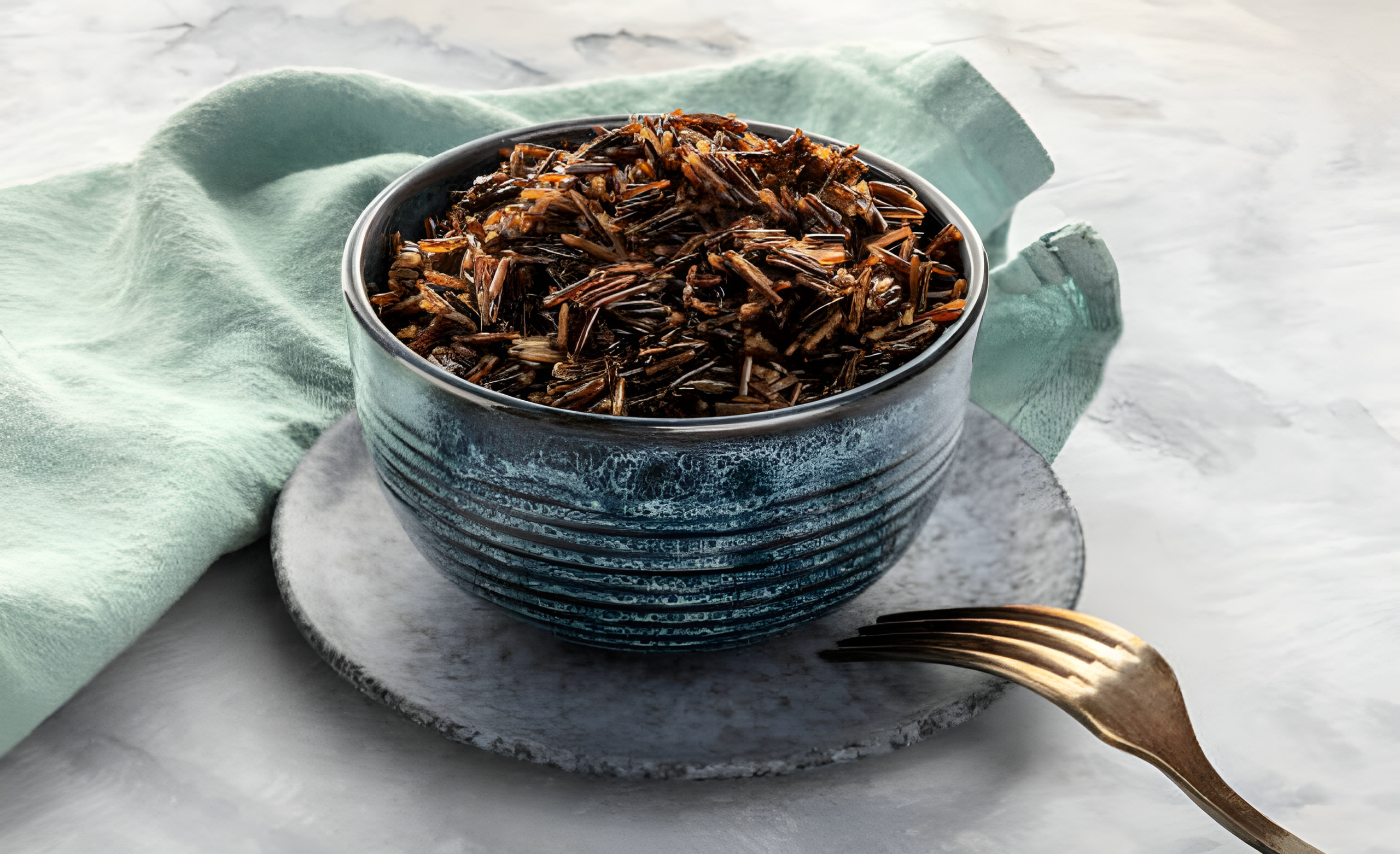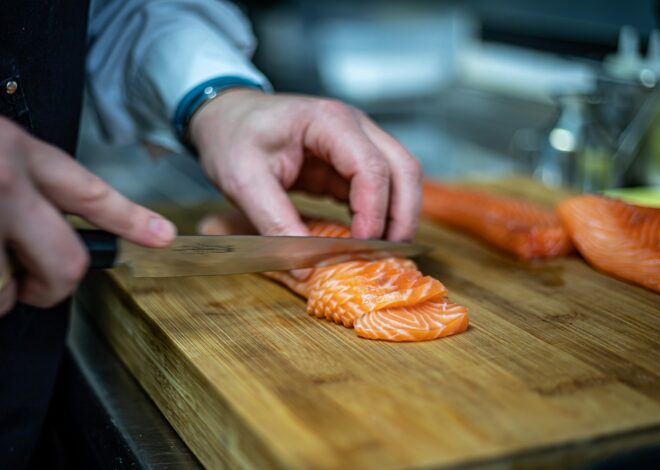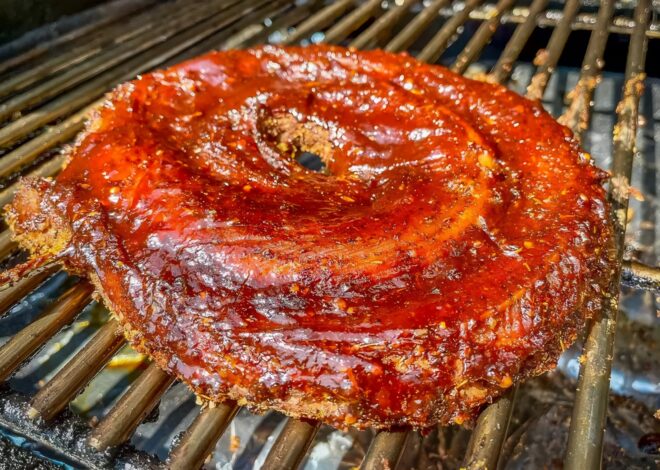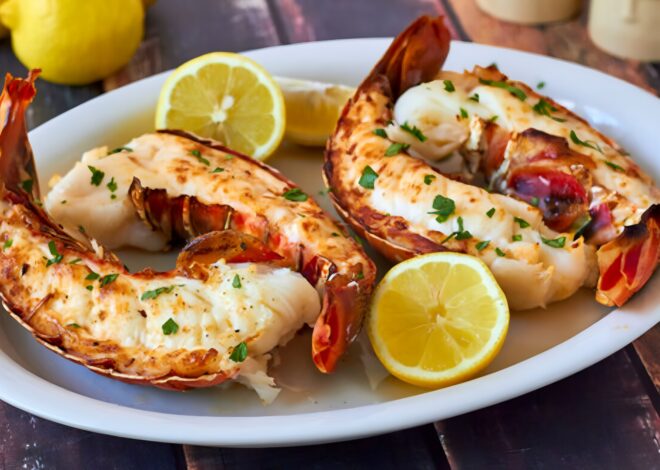
How To Cook Wild Rice
Whether you’re looking to elevate your salads or create a hearty side, learning how to cook wild rice can open up a whole new realm of delicious possibilities. Wild rice is a hidden gem in the culinary world, often overshadowed by its more common grain cousins.
With its unique nutty flavor and chewy texture, it brings an earthy sophistication to any dish. But what exactly is wild rice? How does it differ from traditional rice varieties? And why should you consider adding this nutritious grain to your meals?
Get ready as we dive into everything you need to know about cooking with wild rice—from its nutritional benefits and different types available, to preparation tips and mouthwatering recipes that will have everyone asking for seconds! Let’s embark on this flavorful journey together.
What is Wild Rice?
Wild rice is not actually a true rice but an aquatic grass native to North America. Its long, slender grains have a unique nutty flavor and chewy texture that set it apart from other varieties of rice. This ancient grain has been harvested for thousands of years by Indigenous peoples, who value it for its nutritional benefits and versatility in cooking.
The dark brown or black hue of wild rice gives dishes a rustic appeal. Unlike cultivated rices, wild rice thrives in shallow water and marshy areas, making its harvesting quite an adventure. Each grain holds the essence of the natural landscape where it grows.
Culinary enthusiasts increasingly embrace wild rice as a nutritious alternative to traditional grains. With its distinctive taste and substantial health benefits, it’s become a staple ingredient in many kitchens across the globe.
Nutritional Benefits of Wild Rice
Wild rice is not just a tasty grain; it’s packed with nutritional power. Rich in protein, it offers a substantial boost for muscle repair and overall health. For those seeking plant-based options, wild rice is an excellent choice. This whole grain also contains essential vitamins and minerals.
It’s particularly high in B vitamins, which are crucial for energy production and brain function. With its impressive fiber content, wild rice promotes digestive health while keeping you feeling full longer. This makes it a smart addition to any meal plan aimed at weight management.
Another highlight is its low glycemic index. This means that wild rice can help stabilize blood sugar levels—a great advantage for individuals managing diabetes or looking to maintain balanced energy throughout the day. Beyond these benefits, wild rice boasts antioxidants that combat oxidative stress in the body, contributing to overall wellness.
Different Types of Wild Rice
Wild rice isn’t just one type; it comes in several varieties, each with its own distinct flavor and texture. The most common types are Northern wild rice and California wild rice. Northern wild rice is often considered the premium choice.
It has a nutty taste and chewy texture, making it ideal for salads and pilafs. Harvested by hand from lakes in Minnesota and Canada, this variety carries a rich cultural significance. California wild rice differs slightly in appearance. It tends to be shorter and darker than its northern counterpart.
This type also offers a milder flavor, perfect for soups or as a side dish alongside fish. There’s also cultivated wild rice that you may find at grocery stores. While not as flavorful as the natural varieties, it’s more accessible for everyday cooking needs without sacrificing too much on taste.
Where to Purchase Wild Rice
Finding wild rice isn’t difficult. Many grocery stores carry it, especially those that focus on natural or organic foods. Look in the grain aisle or the section dedicated to international ingredients. Health food stores are another great option. They often offer a variety of brands and types.
Plus, you might discover unique blends featuring wild rice mixed with other grains. Online retailers have made purchasing convenient too. Websites like Amazon or specialty grain suppliers provide detailed descriptions and customer reviews to help you choose quality products.
Local farmers’ markets can be a hidden gem for fresh options as well. Connecting directly with producers not only supports local agriculture but also ensures you’re getting high-quality rice. No matter where you shop, ensure you’re looking at labels carefully for information on sourcing and processing methods to make an informed choice.
How to Prepare Wild Rice for Cooking
Preparing wild rice for cooking is a simple yet essential step to ensure the best flavor and texture. Start by rinsing the grains under cold water. This helps remove any debris and excess starch. Next, soak the wild rice if you have time.
Soaking for at least 30 minutes can enhance its nutty flavor and reduce cooking time. If you’re in a hurry, you can skip this step. After soaking, drain the wild rice well. This is crucial as it prevents excess moisture from affecting your dish’s consistency during cooking.
Measure out your desired amount of wild rice, typically using a ratio of one cup of rice to three cups of liquid for optimal results. Now you’re ready to move on to your preferred cooking method!
Cooking Methods for Wild Rice
When it comes to cooking wild rice, there are several methods to achieve the perfect texture and flavor. The stovetop method is the most common. Simply combine wild rice with water or broth in a pot, bring it to a boil, then simmer until tender. If you prefer hands-off cooking, try using a rice cooker.
Just add your rinsed wild rice and appropriate liquid ratio. Set it and forget it while you focus on meal prep. For those who enjoy slow-cooked meals, a slow cooker works wonders too. Toss in your ingredients along with some seasoning for an easy one-pot dinner option.
Baking is another exciting approach—mix cooked wild rice into casseroles for added depth of flavor. Each method offers unique advantages that can elevate your dish effortlessly! Choose what fits best into your cooking routine or experiment with different techniques for variety.
Tips for Perfectly Cooked Wild Rice
To achieve perfectly cooked wild rice, start by rinsing it thoroughly. This removes excess starch and any debris. Next, use the right water-to-rice ratio. A common recommendation is three cups of water for every cup of wild rice. Adjust this depending on your desired texture.
Bring the water to a boil before adding the rice. Stir it gently and then reduce to a simmer. Cover your pot with a lid to maintain even heat. Check for doneness after about 45 minutes. Wild rice should be tender but still chewy with a slight pop when bitten into.
If you prefer fluffier grains, let it sit off the heat for an additional 10-15 minutes while covered. This allows steam to finish cooking without overboiling. Experimenting with herbs or broth instead of plain water can also enhance flavor significantly!
Delicious Recipes Using Wild Rice
Wild rice is a versatile ingredient that adds depth to many dishes. One delightful option is wild rice salad, mixing cooked grains with fresh vegetables, herbs, and a tangy vinaigrette. This colorful dish can be served warm or cold. Another tasty recipe is creamy wild rice soup.
Start with sautéed onions and garlic in butter, add broth and cream for richness, then stir in cooked wild rice for texture. It’s perfect on chilly days. For those craving something hearty, try stuffed bell peppers filled with a mixture of ground meat, spices, and wild rice. Bake until the peppers are tender; each bite bursts with flavor.
If you enjoy baked dishes, consider a wild rice casserole layered with mushrooms and cheese. The nutty taste of the grain complements savory ingredients beautifully. These recipes showcase just how adaptable wild rice can be while elevating your meals to new heights!
Tips for Storing and Reheating Wild Rice
Storing wild rice properly can enhance its shelf life and flavor. After cooking, let the rice cool completely before transferring it to an airtight container. This helps maintain its texture and prevents clumping. For short-term storage, keep cooked wild rice in the refrigerator.
It will stay fresh for about 4-6 days. If you want to store it longer, consider freezing portions in freezer-safe bags or containers. Just make sure to remove as much air as possible before sealing. When you’re ready to enjoy leftovers, reheating is simple.
Add a splash of water or broth in a pot over low heat while stirring occasionally until warmed through. Alternatively, use the microwave; cover with a damp paper towel for even heating. With these tips, your wild rice remains delicious and ready for your next meal!
Final Thoughts on Cooking with Wild Rice
Cooking with wild rice opens up a world of culinary possibilities. This versatile grain not only adds unique flavors and textures to your dishes but also brings numerous health benefits. Whether you’re incorporating it into salads, soups, or pilafs, its nutty taste can elevate any meal.
Experimenting with different cooking methods lets you find the perfect technique that fits your style. Remember to be patient during the cooking process; perfectly cooked wild rice has a delightful chewiness that is worth the wait. Don’t forget about storage! Keeping your leftover wild rice properly stored ensures that you can enjoy it in future meals without sacrificing quality.
So gather your ingredients and start exploring all the delicious ways to prepare this nutritious grain. Wild rice is more than just an ingredient; it’s an opportunity to enhance your cooking repertoire and delight in healthier eating habits. Enjoy every step of this culinary journey!



